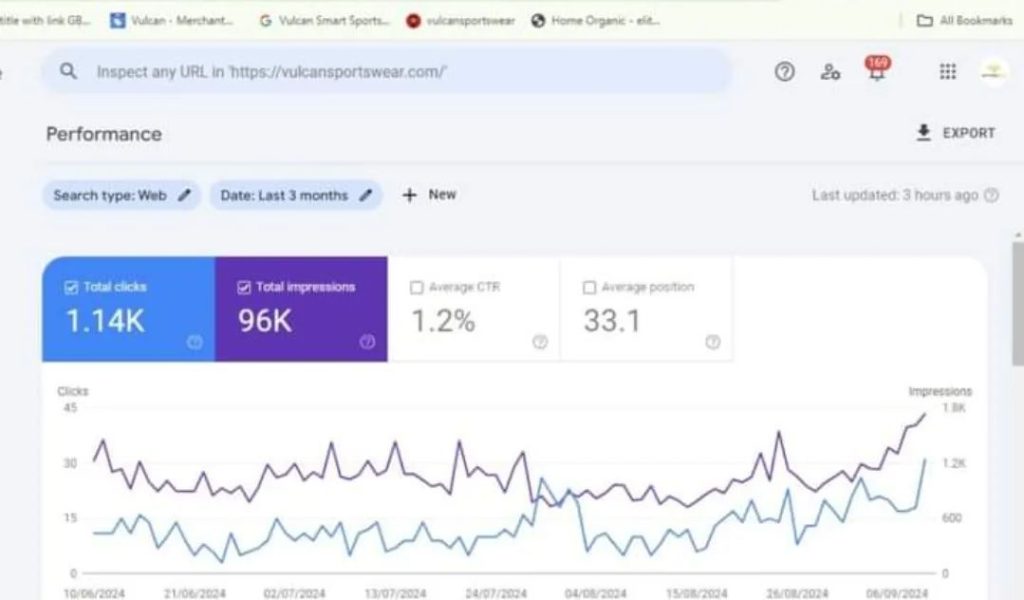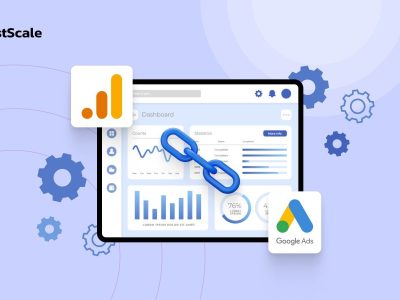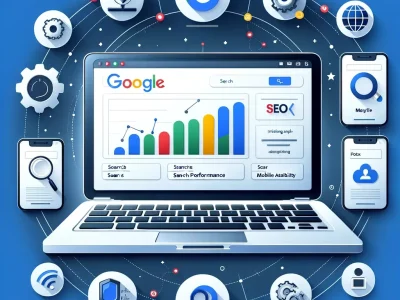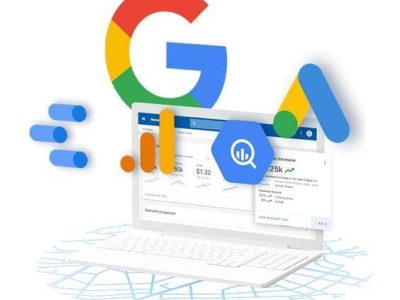
Google also offers a simple 5-step walkthrough in its Ads onboarding if you want the guided UI tour.






Pick one primary goal for your first campaign (e.g., “get demo signups” or “sell product A”). Gather:
Why one goal? It keeps bidding add conversions clear so Google’s machine learning can optimize properly.
If you don’t have one, create a Google Ads account and add billing info. Link these if you have them:
Common beginner-friendly campaign types:
Display / Remarketing — for awareness/retargeting with images.
Choose the campaign goal (Sales, Leads, Traffic) during setup — Google will recommend settings based on the goal.

For Search campaigns:
Build tight ad groups (1 theme/product per ad group)
Use keyword match types: exact, phrase, broad match modifier (or broad with smart bidding + responsive assets). Start with a mix but avoid huge, unfocused keyword lists.
For Performance Max / Display: upload high-quality images, short headlines, long headlines, descriptions, and audience signals (interests, remarketing lists).
Good structure = easier optimization and cleaner data.
Tip: Smart Bidding needs a short learning period — give it 1–2 weeks and enough conversions to “learn.”
For Search: provide 8–15 headlines and 4–6 descriptions so Google can assemble high-performing combinations (short, benefit-led, and include a call to action).
For Display/Video: use high-quality visuals, a clear CTA, and short text overlays.
Match landing page message to the ad (same offer, headline, and CTA). Relevance improves Quality Score and lowers CPC
Before you launch, set up conversion actions — e.g., form submit, purchase, phone call. Install the Google tag or use Google Tag Manager, and test conversions so your campaigns can optimize for real results. Conversion tracking is essential for measuring ROI and for Smart Bidding to work.
Quick policy review before you go live: make sure your ads and landing pages meet Google Ads policies (no misleading claims, correct business info, legal compliance). Policy violations can get ads disapproved or accounts suspended.
Adjust bids, pause poor keywords/ads, test new creatives.
Make small changes and let algorithms re-learn before making more changes.
Running paid search is iterative — expect a learning curve. Use Google’s official walkthroughs and docs when you need UI screenshots or exact menu locations. Useful starting docs:
Google’s create-campaign guide, conversion tracking docs, and Smart Bidding guide
Follow Us: